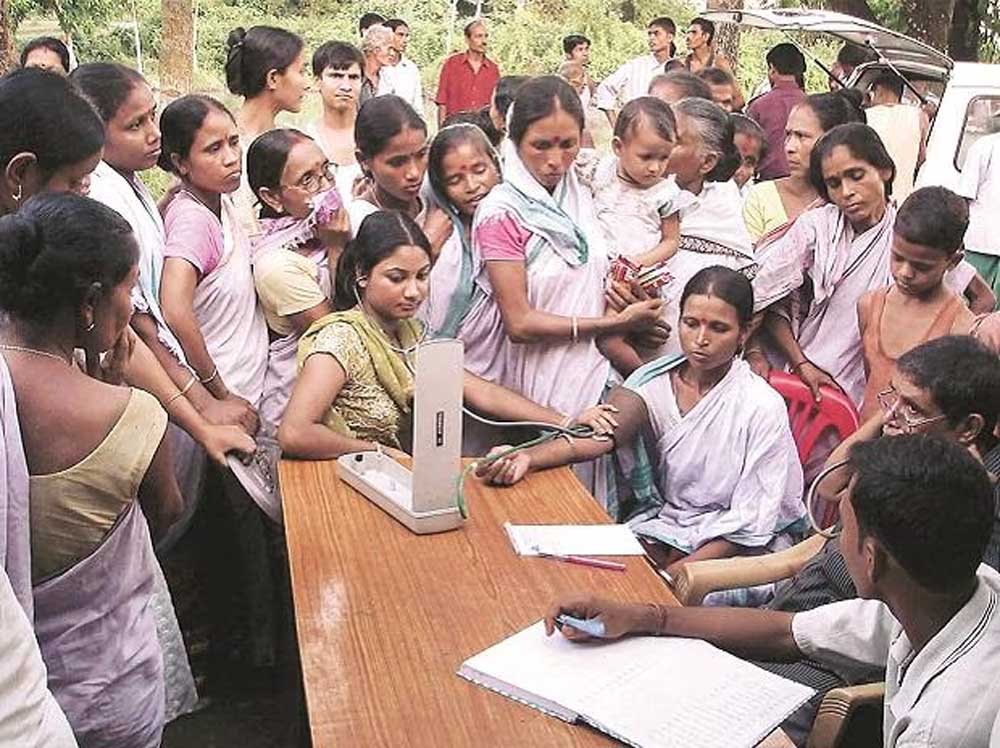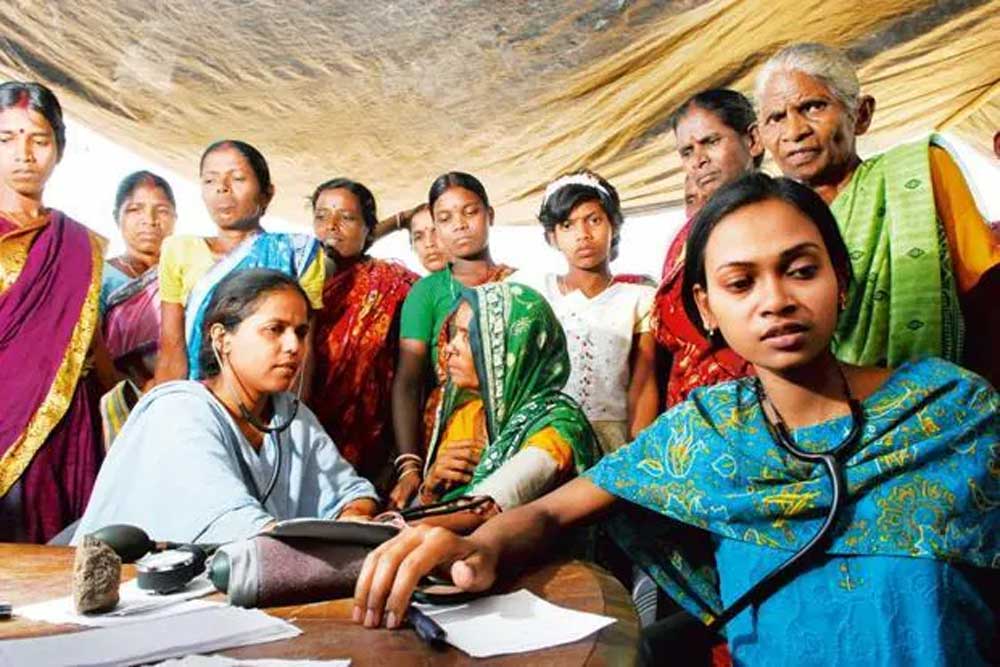In India, almost 75 per cent of women lack proper coverage for essential medical procedures and are underinsured. According to a recent TATA AIG report, women account for nearly half (47 per cent) of India’s insured population. There is no set quantity of coverage; instead, it is determined by a number of factors, including affordability, dependents, family medical history, and personal preferences. According to the report, the majority of women have health insurance that does not surpass ₹20 lakhs, which may not be enough for procedures like heart surgery or cancer treatment.

Being financially prepared is more important than ever because women are increasingly suffering from cancer and other major illnesses. Although health insurance enrolment is positive, many women are still underinsured, as seen by low policy retention and lower coverage amounts. The protection of both individual health and the larger healthcare ecosystem will depend on ensuring proper coverage and expanding access to preventative healthcare.

For women over 45 years who are more likely to suffer from serious illnesses, the situation is even more concerning. Only 30 per cent of women over 45 have health insurance, despite the fact that 70 per cent of insured women are between the ages of 25 and 45. Policy retention declines sharply beyond this point. This trend highlights the essential need for long-term financial protection as many are vulnerable to rising medical costs at a time when healthcare requirements are becoming more urgent.

A regional-based insurance adoption rate was also revealed by the survey. 25 per cent of women were insured in Maharashtra while only 15 per cent of women were insured in Gujarat and Delhi. States such as Telangana and West Bengal account for only 6 per cent each, indicating the need for more awareness and more robust insurance penetration in these regions. Other states have even lower insurance penetration rates, necessitating greater efforts and education regarding the advantages of health insurance as well as its continuation, particularly in one’s old age.

Additionally, the statistics emphasised the importance of preventive care, particularly for women. Women usually disregard routine health examinations and only become aware of any medical problem when it worsens. In addition to increasing costs, it necessitates immediate medical care, which can be highly costly.
Image source: Live Mint, Business Standard